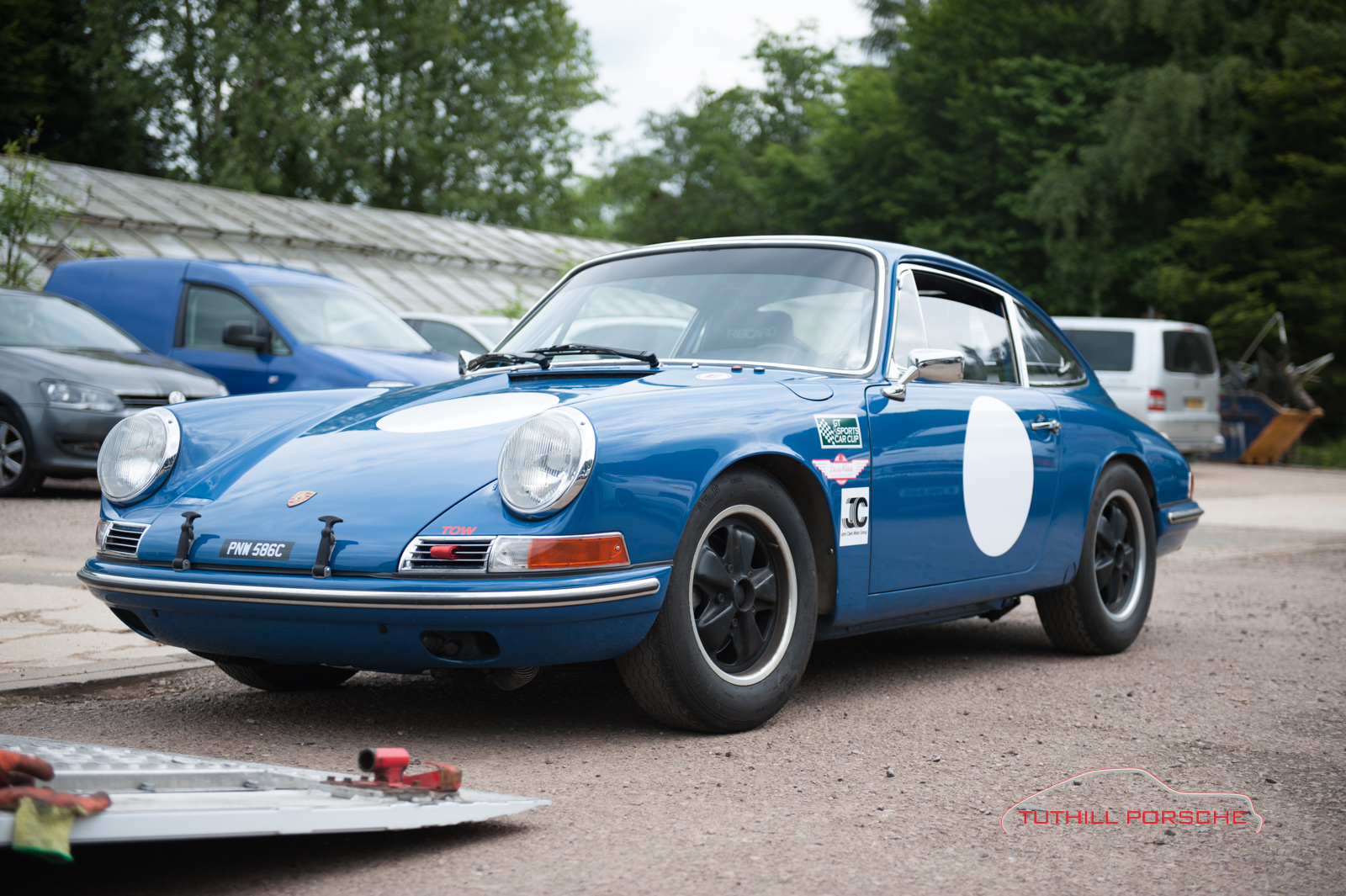
Richard’s latest column for GT Porsche magazine considers the big impact that small tweaks can have on the feel of a classic Porsche:
What makes a car feel special is, I guess, the sum of the parts and how we integrate the driver with them, whether this is for road, rally or race. As I alluded to in a previous column, some cars just feel great and it frustrates me that there are times when I can’t pinpoint why.
When driving, the most notable things are of course what we come into contact with: steering feel, throttle pressure, pedal position, gear change, noise, seat fit and feel – the list goes on much longer, but you get the idea. However, more often than not the things we can’t see but give us crucial feedback are the things that make the biggest difference.
Standard Porsches are wonderful; rebuilt to exact original specification they are still very competent. This said, when you throw into the mix a few key upgrades they are transformed but these only take great affect when they are combined. When we finish a ‘new build’, the cars are hugely different in feel but it’s not so easy to see these changes, and in all honesty these variations are not always that technically advanced but can affect the car in a surprisingly big way.
A simple example would be to upgrade a brake caliper. People love upgraded brakes but if budget is limited I’d rather leave standard calipers and discs on a car but fit an adjustable pedal box with twin, independent, master cylinders to the car.
Why? Well, how many times do we run out of brakes? Rarely, unless on track, so bigger brakes are not always a necessity. But by changing the hydraulic system, one ends up with a lovely feel and great control, particularly in the wet where we can reduce the front braking effect of the car which means; a) we don’t lock front wheels (a common issue on standard cars) and b) we vastly improve stopping distances.
Over the years we have spent time on developing almost every area of the car and yet still there is room for improvement. Our advances have been primarily driven by reliability. Performance typically comes as a result of this. What we try and do is create a bespoke product that fulfils the brief.
Because Porsche has so many models it’s quite common that one can simply take an existing part from a later model and retro fit it. But my experience tells me that this is not always the best way as often it introduces other smaller variations. These at first glance are pretty minor, but when one understands the true knock-on effect of such changes the consequence becomes much greater.
Furthermore, if there is a regular requirement for a given part then a bespoke solution is typically more cost effective and serviceable in the longer term. I was very fortunate to win the 2008 Manx International historic rally and in my preparation, I focused, perhaps harder than normal, on my seating position and how I interacted with all the controls.
I made an adjustment to the size of the gear knob, reduced the diameter by 2mm and extending the lever by 35mm. This combined with a few steering wheel spacers, a two-spoke steering wheel and a slightly tweaked seating position made me so comfortable in the car that my feeling for what was happening was greatly enhanced. The result was measurable in seconds/mile.
But more than this I learnt, first hand, the importance of tiny details that transform the driving feel and as such I now spend a lot of time fitting the car to the driver. This optimises the effect of all the hard work and bespoke components around them. Crucially, even the slightest adjustment can have a big bearing on the overall feel of the car. However, it can be hard to see the changes on a well-prepared 911, and so therefore it is often assumed that Porsches are easily modified.
I remain convinced that because Porsches were, and still are, so well designed from the outset, that you should have a very deep understanding of the car and how each part affects the other before making adjustments. It is very easy to change things for the sake of changing things, but there is a real danger that the outcome will be a negative one and that’s why the finished article is more than the sum of its parts.
 Back to News
Back to News

